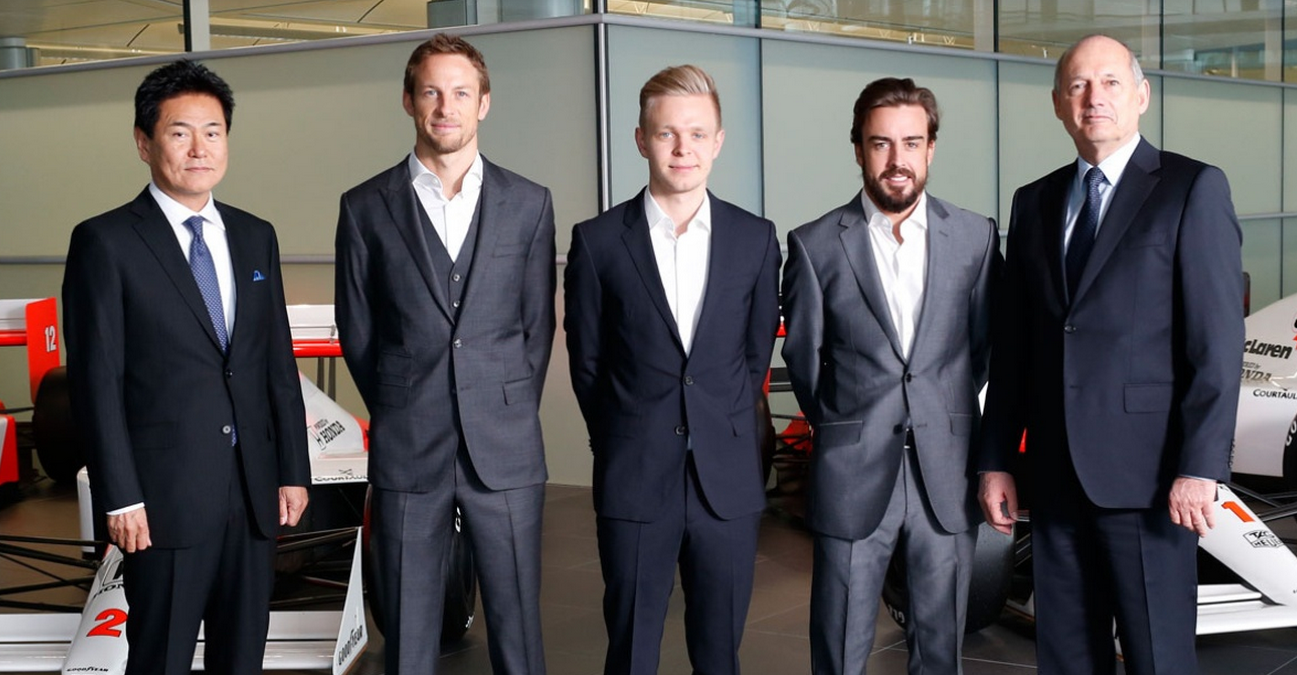
It is easy to see why McLaren’s signature look of Carbon-Fibre and chrome is beautiful to the eye. But Carbon-Fibre is not just a pretty face. It’s part of McLaren’s legacy in Formula 1 and has given us winning cars with its extraordinary scientific properties.
1. The first Carbon-Fibre chassis in Formula 1 belonged to McLaren’s MP4/1 in 1981. That year it won at the British Grand Prix with John Watson behind the wheel.
2. Carbon-Fibre is twice as strong as and five times lighter than steel. This combination on a Formula 1 race car is winning – literally.
3. The introduction of Carbon-Fibre into Formula 1 is owed to the work of John Barnard. In the six years that John was McLaren’s Technical Director, his cars won 31 Grands Prix for the team.
4. At the time of its design, McLaren didn’t have the materials or the knowledge to create the finished product. As a result the self-supporting chassis was made by an American company called Hercules Aerospace who built rocket parts for NASA. They were so delighted to be part of the development of Carbon-Fibre technology that they did the work for free!
5. Before being coated in resin to make it hard, Carbon-Fibre is woven into cloth. There are different types of weave patterns used, the most common two being plain weave and twill weave. The weave used depends on the properties required of the component but generally, McLaren uses the twill weave.
6. In order to create the car parts, Carbon-Fibre sheets are laid into moulds in the desired amount of layers depending on how strong that section needs to be. The mould is then vacuum packed and cooked under pressure in a large oven called an autoclave.
7. Each layer of Carbon-Fibre sheet is only about 0.2mm thick, some are even thinner!
8. After McLaren paved the way, the majority of the chassis on all modern day Formula 1 cars is made up of Carbon-Fibre. This includes the wings, suspension, monocoque and engine cover. The monocoque which is made up of the driver’s cockpit and survival shell has up to 60 layers of Carbon-Fibre in some places.
9. McLaren’s F1 was the world’s first road car to take Carbon-Fibre away from the race track and onto the roads with its complete Carbon-Fibre reinforced plastic monocoque chassis structure. Released on 31st March 1998 it also holds the record for the world’s fastest production car.
10. It was on lap 19 at the 1981 Italian Grand Prix at Monza that McLaren’s Carbon-Fibre technology was really put to the test. Watson smashed into the barriers at high speed, lost his engine and started a small fire. People didn’t believe in the strength of the new material; one sceptic even said that in a crash it would “turn into a cloud of black dust”. Watson walked away from the accident with nothing more than a stiff shoulder!